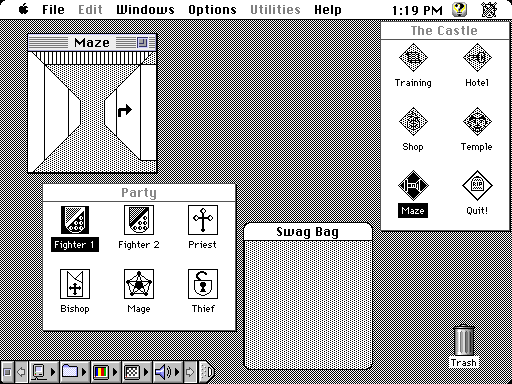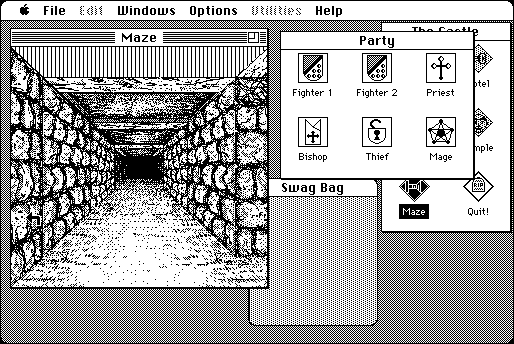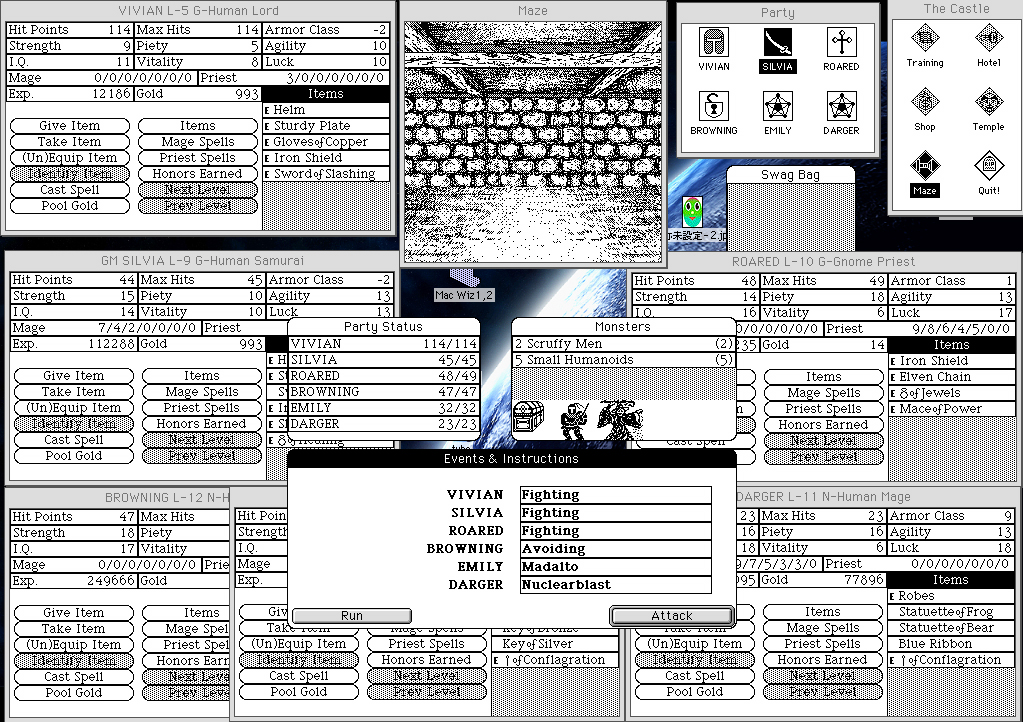You know what game I've been enjoying lately? Fell Seal: Arbiter's Mark.
It's from developer 6 Eyes Studio and publisher 1C Entertainment, and it's an unabashed homage to Final Fantasy Tactics.
I think that's an underserved niche. There are plenty of tactical RPGs (like Fire Emblem) and their close cousins, turn-based strategy games (like XCOM). But most of them don't feel quite like Final Fantasy Tactics or its predecessor, Tactics Ogre.
Fell Seal does. Its storyline isn't quite as complex or as epic as those games', and its soundtrack is fine but doesn't feel as inspired as theirs. (After a round of Fell Seal, I tend to find myself humming tunes from FFT -- though FS's tunes are beginning to stick in my head themselves now.) But its mechanics? Those are damned impressive. Especially from such a small team (per their The Team page, two leads and nineteen contractors).
As of this writing, I'm eight hours or so in. I haven't seen every map; I haven't unlocked every class. But what I've seen so far has kept me excited and engaged in that FFT "just one more fight" way. Every class so far has been useful; every skill tree seems well-considered. And look, FFT is one of my favorite games of all time, but it's not perfect; there are a whole lot of useless skills in there, such as most of the Archer class's "Charge +n" abilities, and Cloud's Limit Breaks for the same reason. Fell Seal doesn't have a charge mechanic; abilities all execute right away. And I haven't found a class yet with abilities that weren't useful (though I admit I'm not quite sure about Gadgeteer just yet). Beyond your basic classes (Merceneries are a well-rounded base class, Menders heal, Wizards damage from a distance, Knights damage from up close, Scoundrels are quick and maneuverable), you get some more interesting choices, like the Plague Doctor, who has debuff-focused attacks but also a base AoE ability that removes debuffs and heals a small amount of HP. There are useful passive skills, too: Wizards can learn an ability that prevents offensive magic from harming allies or healing magic from healing enemies; it's a major boon for any spellcaster.
I haven't even tried the crafting system yet.
It's not a perfect game -- I don't love the character graphics, and while I do love the environment graphics, the decision to go with hand-drawn environments means you can't rotate the camera, which is inconvenient on some stages (for example, when a character is standing under a tree branch and you can't see them). But it's a damned impressive game, that I've already derived hours of enjoyment from and expect many more. The game has some excellent granular difficulty settings, and while I'm enjoying it on the defaults, I'm also looking forward to playing it again on a harder difficulty sometime.
As of this writing, the game is in Steam Early Access. However, it's scheduled for a release sometime next month, and the version currently on Steam is nearly final; according to the release notes, the only things missing are the ending and a secret bonus dungeon. The price has recently gone up from $20 to $30; I believe that will be the final price on release but I'm not 100% certain. I'd still recommend it if the price went up to $40.
But whether you get it now in Early Access or wait a few weeks for its full release, I heartily recommend this game. If you like tactical RPGs in general, and especially if you like Tactics Ogre and Final Fantasy Tactics in particular, you should buy Fell Seal: Arbiter's Mark. I don't think you'll be disappointed.
Fell Seal is available for Windows, Mac, and GNU/Linux, with Xbox One and PS4 versions on the way; I'm playing the Linux version. There's a free demo at itch.io, though I had some trouble with it (I couldn't get shops or guild halls to work, which left me short one party member on the second battle and made it much harder; I haven't had any issues with the full version of the game).





